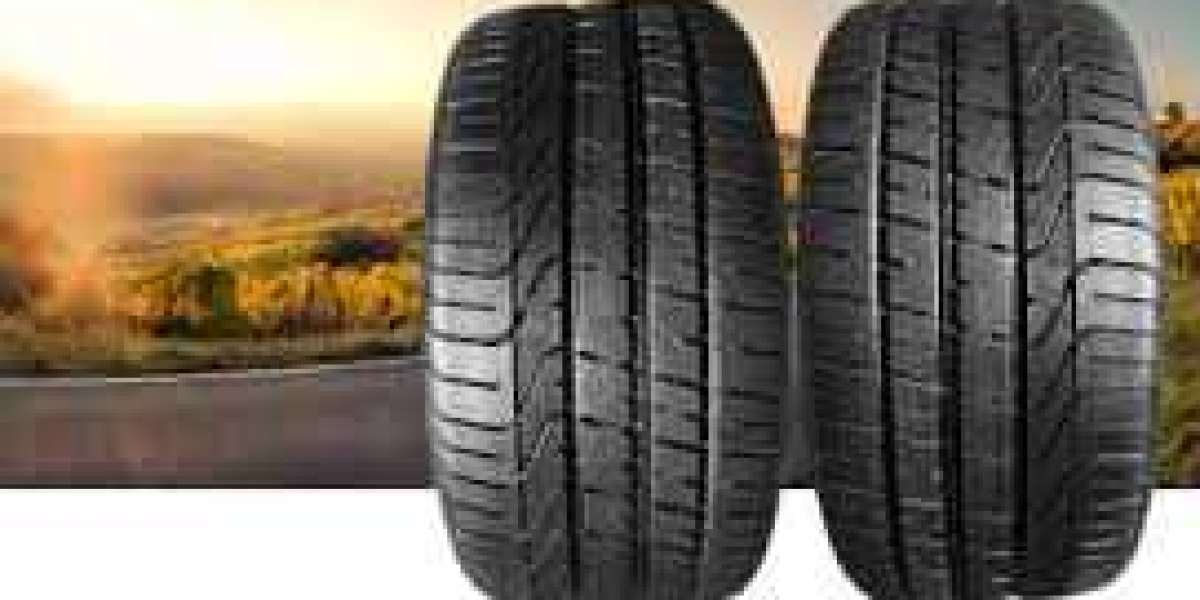When winter rolls in, so does the challenge of ensuring your vehicle is roadworthy for the colder months. Icy roads, heavy rain, and snow mean that your tyres need to be in top condition. But if you’re working with a limited budget, buying brand-new winter tyres might not be an option. That’s where winter part worn tyres come in — offering a cost-effective solution without sacrificing safety and performance.
In this comprehensive guide, we’ll cover everything you need to know about winter part worn tyres, how to find the cheapest options, and what to look out for when making a purchase.
What Are Winter Part Worn Tyres?
Part worn tyres are exactly what they sound like — tyres that have been previously used but still have adequate tread life left. These tyres are usually sourced from countries where tyre replacement is mandatory at a certain tread depth, even if the tyres are still in relatively good condition.
Winter part worn tyres are specifically designed for cold conditions, offering better grip, handling, and braking performance in temperatures below 7°C. These tyres typically have deeper tread patterns and softer rubber compounds compared to summer tyres, which help improve traction on icy or snowy surfaces.
Why Choose Part Worn Tyres for Winter?
There are several reasons why many drivers choose part worn tyres for winter:
1. Cost-Effective
The biggest advantage is price. Winter tyres can be expensive when bought brand new, often costing £70 to £150 per tyre. Part worn winter tyres can be as much as 50–70% cheaper, depending on brand, tread depth, and condition.
2. Eco-Friendly
Reusing tyres reduces waste and is better for the environment. By giving tyres a second life, part worn tyres help reduce landfill and resource consumption.
3. Availability of Premium Brands
Often, you can find high-end brands like Michelin, Continental, and Pirelli among part worn options — tyres that would cost far more if purchased new.
How to Identify Quality Winter Part Worn Tyres
While part worn tyres can offer great value, quality control is critical. Here are some tips to ensure you’re getting a good deal without compromising safety:
1. Check Tread Depth
Legal minimum tread depth in the UK is 1.6mm, but for winter driving, you’ll want at least 4mm to ensure adequate grip. Most part worn tyres sold by reputable dealers will have 5–7mm tread remaining.
2. Inspect for Damage
Avoid tyres with:
- Visible cuts or cracks
- Bulges or sidewall damage
- Uneven wear patterns
These issues can compromise safety and performance.
3. Verify Manufacturer Date
Tyres degrade over time, even if unused. Check the DOT code on the sidewall to see when the tyre was manufactured. Ideally, avoid tyres more than 6 years old.
4. Look for Winter Markings
Ensure the tyre has the Three-Peak Mountain Snowflake (3PMSF) symbol and the M+S (Mud and Snow) marking. These indicate the tyre is suitable for severe winter conditions.
Where to Find the Cheapest Winter Part Worn Tyres
If you're searching for winter part worn tyres cheapest , here are a few reliable places to start:
1. Local Tyre Shops
Many garages and tyre shops stock part worn tyres, especially in urban areas. These shops often inspect and grade their tyres before selling.
2. Online Retailers
Websites like:
- eBay
- Gumtree
- TyreLeader
- PartWornTyres.com (UK based)
These platforms offer wide selections with filtering options by size, brand, and price.
3. Scrapyards Breakers
Scrapyards often have vehicles with tyres in good condition. You can find deals here, but make sure to check the tyres thoroughly.
4. Social Media Marketplaces
Facebook Marketplace and other community groups often have listings for cheap or even free part worn tyres from individuals selling off extras or no longer needing winter tyres.
How Much Should You Pay?
Prices vary, but to give you an idea:
- Budget winter part worn tyres (unknown brands, 4-5mm tread): £15–£25 each
- Mid-range brands (e.g. Kumho, Nexen, Falken, 5-6mm tread): £25–£35 each
- Premium brands (e.g. Michelin, Pirelli, Continental, 6-7mm tread): £35–£50 each
You may also find deals that include fitting and balancing, so always ask your local tyre shop if installation is included in the price.
Pros and Cons of Buying Winter Part Worn Tyres
✅ Pros:
- Significant savings vs new tyres
- More affordable access to premium brands
- Environmentally friendly
- Often readily available during the winter season
❌ Cons:
- Shorter lifespan than new tyres
- Potential hidden damage if not inspected properly
- Limited warranty or return policy
- May not be as efficient in extreme weather if tread is low
Are Winter Part Worn Tyres Safe?
This is a common concern, and the answer depends on how the tyres were sourced, stored, and sold.
If you buy from a reputable dealer who properly inspects and grades the tyres, yes, they are safe — particularly if you only need them for a few months of winter driving.
However, avoid tyres with less than 4mm tread for winter use, and never purchase from an unverified seller who doesn’t allow physical inspection.
Tips for Maximising Winter Tyre Performance
- Rotate your tyres: Helps ensure even wear
- Check tyre pressure regularly: Cold weather reduces tyre pressure
- Store off-season tyres properly: Keep in a cool, dry place away from sunlight
- Drive sensibly: Avoid sharp turns and high speeds on icy roads
Final Thoughts
When you're looking to prepare your car for winter without breaking the bank, winter part worn tyres are a smart and practical choice. They offer solid performance in cold and slippery conditions, and with a bit of research, you can find some of the cheapest deals on the market.






